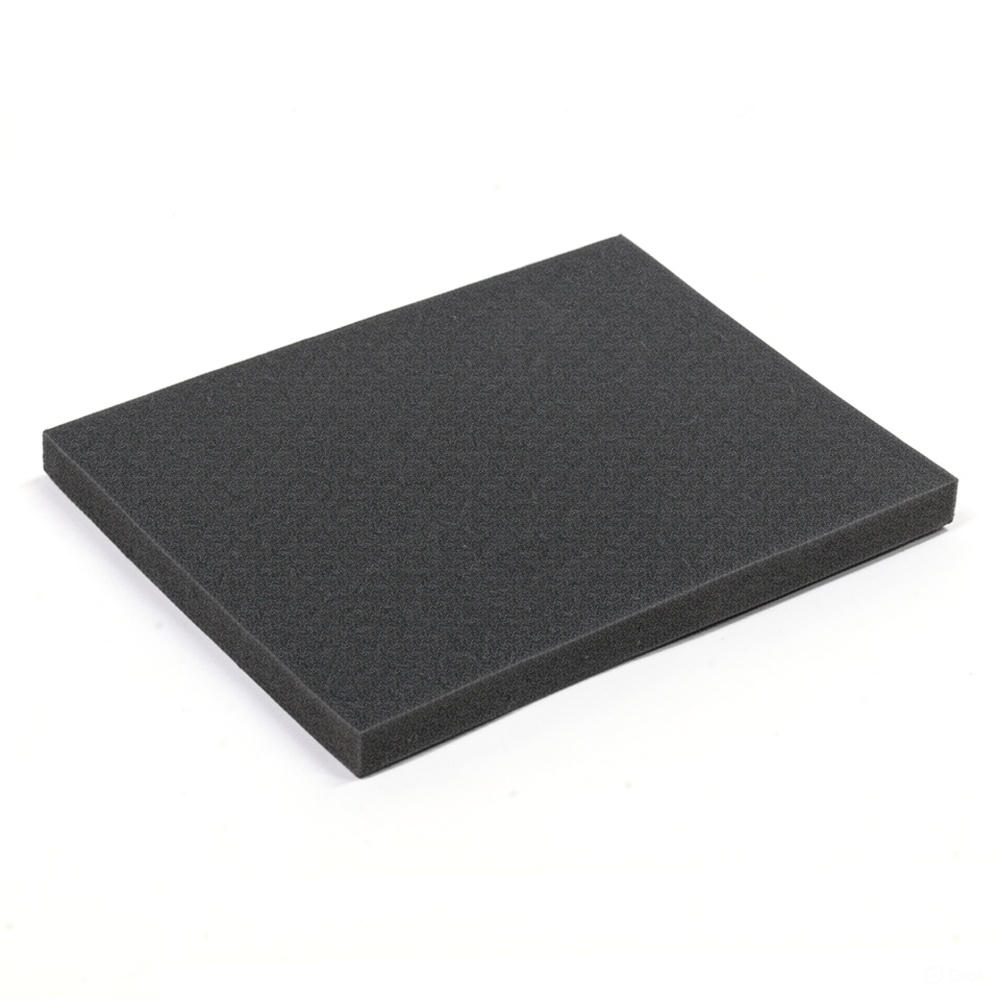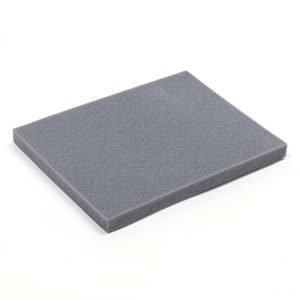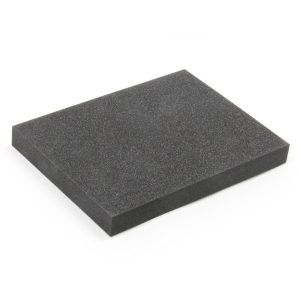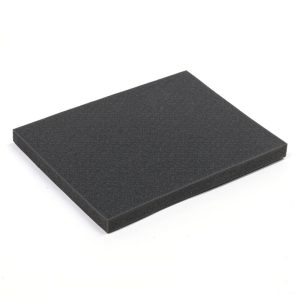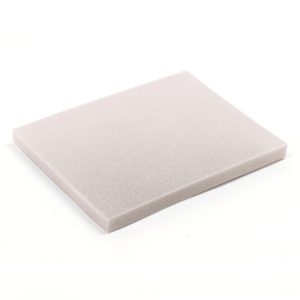Description
LD30SD Static Dissipative Foam Key Features:
Density: 30 kg/m³ (1.87 PCF), comparable to LD29 (29 kg/m³) but lighter than LD45 (45 kg/m³) and LD60 (60 kg/m³) for enhanced flexibility.
Static Dissipative Properties: Surface resistivity of 10⁷–10¹¹ ohms, safely dissipating static charges to protect sensitive electronic components.
Closed-Cell Structure: Waterproof, buoyant, and resistant to chemicals, oils, and bacteria, with no water or odor absorption.
Durability: Good tensile strength (410 kPa) and elongation (130%), slightly stronger than LD29 (400 kPa, 125%) but less than LD45 (537 kPa, 150%) and LD60 (790 kPa, 160%).
Compression Strength: Moderate compression stress (38 kPa at 25%), softer than LD45 (90 kPa) and LD60 (70 kPa), ideal for lightweight cushioning.
Thermal Insulation: Effective up to 100°C with low thermal conductivity (0.041 W/mK) for energy-efficient applications.
Safety & Compliance: Non-toxic, odorless, and compliant with RoHS, REACH, and ESD safety standards (IEC 61340). CFC/HCFC-free and recyclable.
Key Differences from LD29, LD45, and LD60:
Static Dissipative: Unlike LD29, LD45, and LD60, LD30SD is specifically designed with static dissipative properties for ESD-sensitive environments, making it unique for electronics applications.
Density & Flexibility: LD30SD (30 kg/m³) is similar to LD29 (29 kg/m³) in lightness and flexibility but softer and less dense than LD45 (45 kg/m³) and LD60 (60 kg/m³).
Strength: LD30SD’s tensile strength (410 kPa) and compression resistance are lower than LD45 and LD60, prioritizing ESD protection over heavy-duty structural support.
Applications: LD30SD is tailored for electronics packaging and handling, while LD29 is for lightweight flexibility, LD45 for balanced performance, and LD60 for high strength.
LD30SD Static Dissipative Foam Common Applications:
Electronics Packaging: ESD-safe cushioning for circuit boards, semiconductors, and sensitive devices.
Medical Equipment: Protective foam for static-sensitive medical electronics.
Automotive & Aerospace: Anti-static padding for electronic components and assemblies.
Industrial Handling: Foam trays and inserts for safe storage and transport of ESD-sensitive parts.
Cleanroom Environments: Static dissipative foam for controlled environments requiring low particulate generation.
Why Choose Plastazote LD30SD?
Plastazote LD30SD offers unmatched static dissipative protection combined with the lightweight, durable, and versatile properties of closed-cell polyethylene foam. Its ESD-safe design ensures reliable safeguarding of electronics, while its flexibility and compliance with safety standards make it a top choice for sensitive applications.
You can read our official Zotefoams announcement here: https://www.pjbowers.com.au/articles/australian-distributor-of-zotefoams
For other EVA foams please visit: https://foamproducts.com.au/product/neofoam-eva-foam/
To view all available Zotefoams, return to the homepage: https://zotefoams.com.au/

